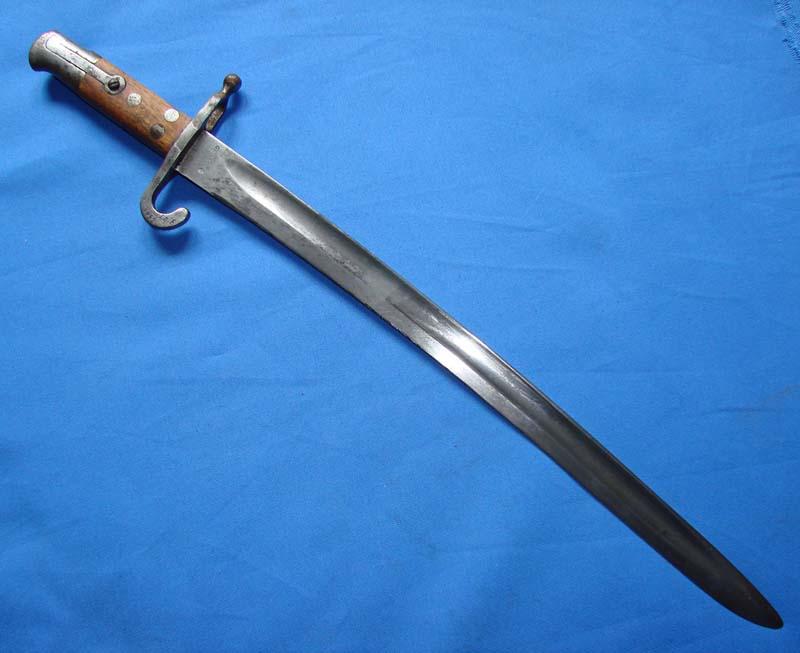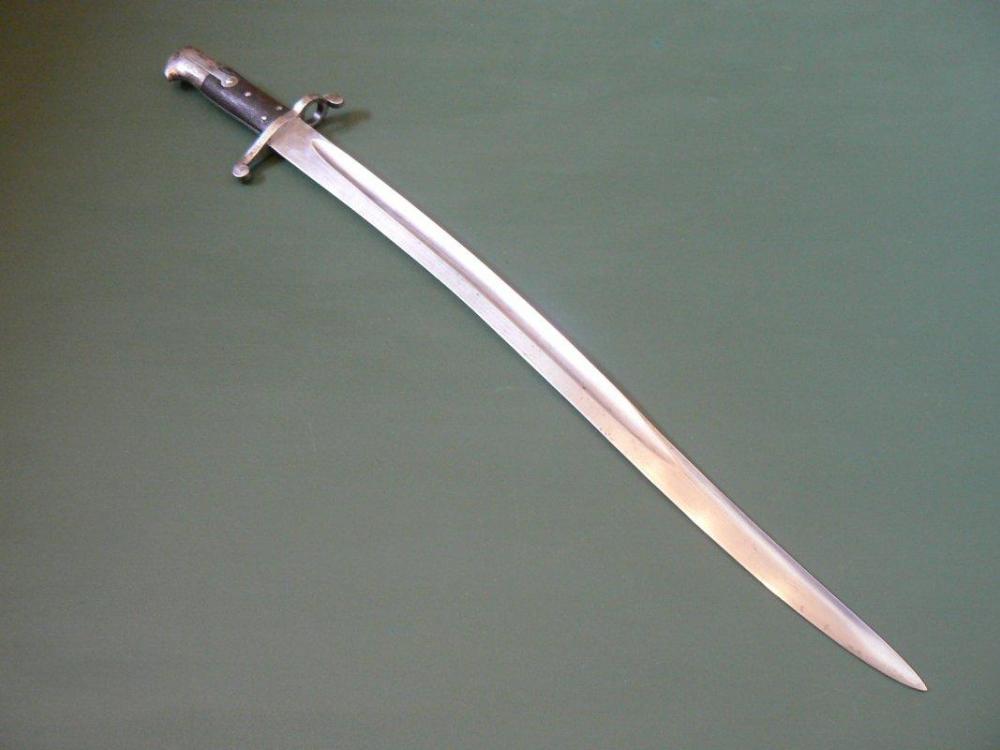-
Posts
4,862 -
Joined
-
Last visited
-
Days Won
15
Content Type
Profiles
Forums
Blogs
Gallery
Events
Store
Everything posted by peter monahan
-
Gordon The nickname thing is universal in 'shallow gene pools', I think. I was raised in 'New Scotland' [Nova Scotia, Canada] and 2,000 of the 3,000 people in my town were MacDonalds Most had what the Gaelic speakers call 'side names' - Black Donald, Tall Donald, Awkward Donald, etc. My favourite was 'Mrs Doctor Macdonald' and the widow known as 'Mrs D.D. [dead doctor] Macdonald' to distinguish her from the live doctor's spouse. That was over 50 years ago and when I was back last year, everyone in town still refers to 'Angus D.D., Jimmy D.D. and 'Phyllis D.D. aka 'Fiddledeedee'. True story! A friend is of Acadian descent and tried to research 'Joseph Marie Chiasson' - his own name and that of a great grandfather. The Acadian History Centre said 'we have 86 of them' but when he mentioned that the man was also called 'Joe Gickum' the response was 'Oh, sure. We know him.' I can only imagine what the conditions were like in the POW camps. I still recall the first time I watched 'Breaker Morant' and his defence lawyer explained what he'd been doing before he was called to the trial 'rounding up Boer women and children, burning their homes and poisoning their wells' or words to that effect. I always mentioned to my history students that 'concentration camps' were NOT a German invention. Take care. Peter
-
That must be a real boon to genealogists! The Irish and Scots, typically, were nowhere near that methodical! While researching the names on my local WWI war memorials I discovered any number of identical names - 1st, 1st & 2nd and even Occasionally 1st, 2nd & 3rd - who were uncle and nephew or first cousins or grandsons, as often as father and son.
-
The frustration of being the first in a family to care! I'm currently tracking down details on a WWII casualty, grand-uncle of a young work colleague. All he has is a name, an obituary notice and the death date. The good news is that the man's file is available, the bad news is that he wasn't 16 when he joined, as per family legend, that he probably burned to death in a truck, so all his personal kit was lost, and that the family DID get his medals but... Good luck with the hunt. I have no idea how many surnames Boers shared, so can't comment on whether the two would be related but, 'never know your luck;, as granny said. Peter
-
My first reaction was "Aha! A Martini Henry yataghan blade. My very favourite bayonet!' But, obviously, the German makers marks suggest otherwise. But... many British bayonets were made in Germany. In fact there was a scandal during the Sudan campaign regarding German made blades which bent in use! And here it is! https://www.bygoneblades.com/buy-british-p1860-martini-henry-yataghan-sword-bayonet From what I can see in a quick search, the Werndl bayonet had wooden grips and a pronounced hook on the lower guard. See below: Werndl on top 'Tini below.
-
BB I suspect there are better places than this one to look. My impression is that many of our members are interested in earlier periods and odd collecting fields, and that not very many of us are firearms collectors. Sorry, mate. Good luck with the search though. Peter
-
Interesting! When I searched 'Boer POWs', 'Boer Pows in Ceylon popped up first. There are lots of sites with some general information but the one below is clearly the result of a concerted effort: actually includes some POW names and information. I'd suggest you start there. And good luck with the hunt! https://www.geni.com/projects/Anglo-Boere-Oorlog-Boer-War-1899-1902-POW-Ceylon/14300 Peter
-

Slough hat
peter monahan replied to larsson's topic in Great Britain: Militaria: Badges, Uniforms & Equipment
The RWAFF consisted of 28 battalions by 1945 and served as a cadre for the formation of 81st (West Africa) Division and 82nd (West Africa) Division. Both divisions saw service during the Second World War, serving in Italian Somaliland, Abyssinia, and Burma. I actually had the pleasure of meeting 2-3 veterans of the Burma campaign when I lived in Nigeria in the early '80s. If you google "slouch hat RWAFF" you see a number of photos, Many of the examples share the triangular flash but each has a different set of small coloured rectangles at the bottom of the triangle. My guess is that these indicate which regiment the wearer belonged to but haven't had the time to pursude that theory. Nor, to be honest, am I sure where one would start. The history of the RWAFF is fairly sparse, but in 2002 someone in the UK launched a Journal devoted to its history, which is referred to here: https://specialcollections-blog.lib.cam.ac.uk/?p=987. The IWM has a two volume history of the Nigeria Regiment but it was published in the 1930s. Good luck with the hunt, if you choose to pursue it! Peter -

Order of wear - South African, UK and US Medals
peter monahan replied to Wessel Gordon's topic in Africa
That's what I'd do too! Never served myself, either, but have been studying and talking/writing about military history for 'a few decades' now. Good luck with your passion! Peter -

Order of wear - South African, UK and US Medals
peter monahan replied to Wessel Gordon's topic in Africa
Wessel Welcome to the GMIC! I think the answer to your question must lie in the dress regulations of whichever country the putative wearer of the medals is from/representing. In other words, if all these were awarded to a South African, according to the SA regs. If to a Brit, I strongly suspect the order would be British, SA, US. If to an American... US first and ??? after thagt. The old British Indian Army is a life long hobby of mine I remember, decAdes ago now, my shock on seeing a member of our Corps Of Commissionaire's - a security force at airports and government buildings recruited from ex-servicemen - who was wearing three or four WWII medals after his post-Independence Indian Army awards. He'd obviously stayed in the IA into the '50s and so the order was correct, in that technically the WWII stars were 'foreign awards' after 1947. If, on the other hand, these medals simply represent a series of senior awards from various nations, my personal tendency would be to group them by nation in order of the seniority / importance within each nation, but that's an entirely personal choice. I hope others will chime in, as I suspect they will! Again, welcome to the GMIC. Peter -
I quite like the three arm shield collages. Nicely done!
-
Mike Welcome to the GMIC! I hope one of our members is able to help and, in fact, think there is some reasonable chance that may happen. I continue to be amazed by the breadth [and depth] of knowledge on such admittedly obscure topics. Good luck with the research! Peter
-

Help Identify Middle Eastern bullion patch?
peter monahan replied to Dave Pass's topic in Middle East & Arab States
Nothing too obscure for our members! -

Information On Army Badge
peter monahan replied to stump's topic in Great Britain: Militaria: Badges, Uniforms & Equipment
Quite an unusual crown, which may help ID the nation involved. As Jerry says, possibly Belgian/Dutch or some such. -

A Question of consious
peter monahan replied to BJ.'s topic in Great Britain: Orders, Gallantry, Campaign Medals
Agree with the general trend: you have no legal need and not a lot of moral need to reach out, though if you choose to do so, good on ya! Offering them at fair market value is also quite acceptable. My tuppence worth. Peter -
Well done, sir. Thanks.
-

The Atlantic Star.
peter monahan replied to Georg14's topic in Great Britain: Orders, Gallantry, Campaign Medals
Information worth having, Indeed. Thanks, Aberdeen. I did wonder, on further reflection whether the chap promoted in 1956 was a different man from the escaper, who was a Squadron Leader, but the fact that there is a faker/fantasist out there with an interest in the second fellow's area makes it a safe bet that this medal has been 'improved' at a later date, with or without intent to deceive. -
"So, no, I don't think this it is a supply or cost issue. There are other, perhaps, political reasons. They certainly are the only ex. colonial Republic that I know of that has not demonstrated its "divorce" from the UK by removing from its police and other disciplined services all vestiges of British colonialism. " Dave You make a convincing argument. And, yes, my initial response may have been simplistic. No slight on Fiji or its people intended. I too wonder why, other than 'its traditional' they may have chosen to retain the associations with the Crown. Cheers. Peter
-

The Atlantic Star.
peter monahan replied to Georg14's topic in Great Britain: Orders, Gallantry, Campaign Medals
While the UK authorities, unlike India and Australia, did not issue named WWII medals, apparently Boots the Chemist would add naming for a modest charge. I don't know what font or naming conventions they used - probably just engraved whatever the veteran asked for - but the naming on this looks very like the WWI style of lettering. So, I'd say there is a reasonable chance that this is a legitimate award, privately named after issue. I offer the information below 'without prejudice', as the legal johnnies say. Now idea whether any or all of the references are to the same man or not. London Gazette, 6 DEC 19149, 28 Feb 1956 and Chaucer Auctions, Nov 2017 -
Sadly, many units of the CEF seem to have used the term 'Overseas' pretty promiscuously, whether or not it was part of their official nomenclature. The 2nd, 3rd, 4th and 5th University Companies were sent to England in 1915 as reinforcement drafts for the Prince Patricia's Cdn Light Infantry. The 6th University Company was recruited in Military District 4 - Montreal and Eastern Quebec, so very probably made up of McGill University students - the English language university in Montreal. The original serial number block assigned the 6th was: 489751-490250. A large number of the men with those numbers ended up in the PPCLI or in the 1st and 2nd Pioneer Battalions. Paylists exist for the 6th Uni. Coy in our archives in Ottawa but have not been digitized yet. As you have his name and serial you can look up his service records here: https://www.bac-lac.gc.ca/eng/discover/military-heritage/first-world-war/personnel-records/Pages/search.aspx Good luck and please let us know what you find out!
-
Two comments. One, given the distance to suppliers - Australia or UK, I suspect - and the cost of replacing insignia, buttons and other appointments, plus the well know parsimonious nature of Quarter Masters, it should be no surprise that the Fijian Police continue to wear a mix of Royal and non-Royal badging. Two, on the subject of the Police medals including gallantry and UN service: Fiji had at one point, with Canada and Eire, the proud distinction of having personnel serve in every single UN sanctioned peacekeeping mission. I don't know if this is still true but suspect that, given a military force of 2,500 regulars and 6,000 reservists and two battalions permanently tasked to peacekeeping - off island - there must be a number of police officers who have served with UN contingents over the years, either as Army reservists or as seconded police officers.



